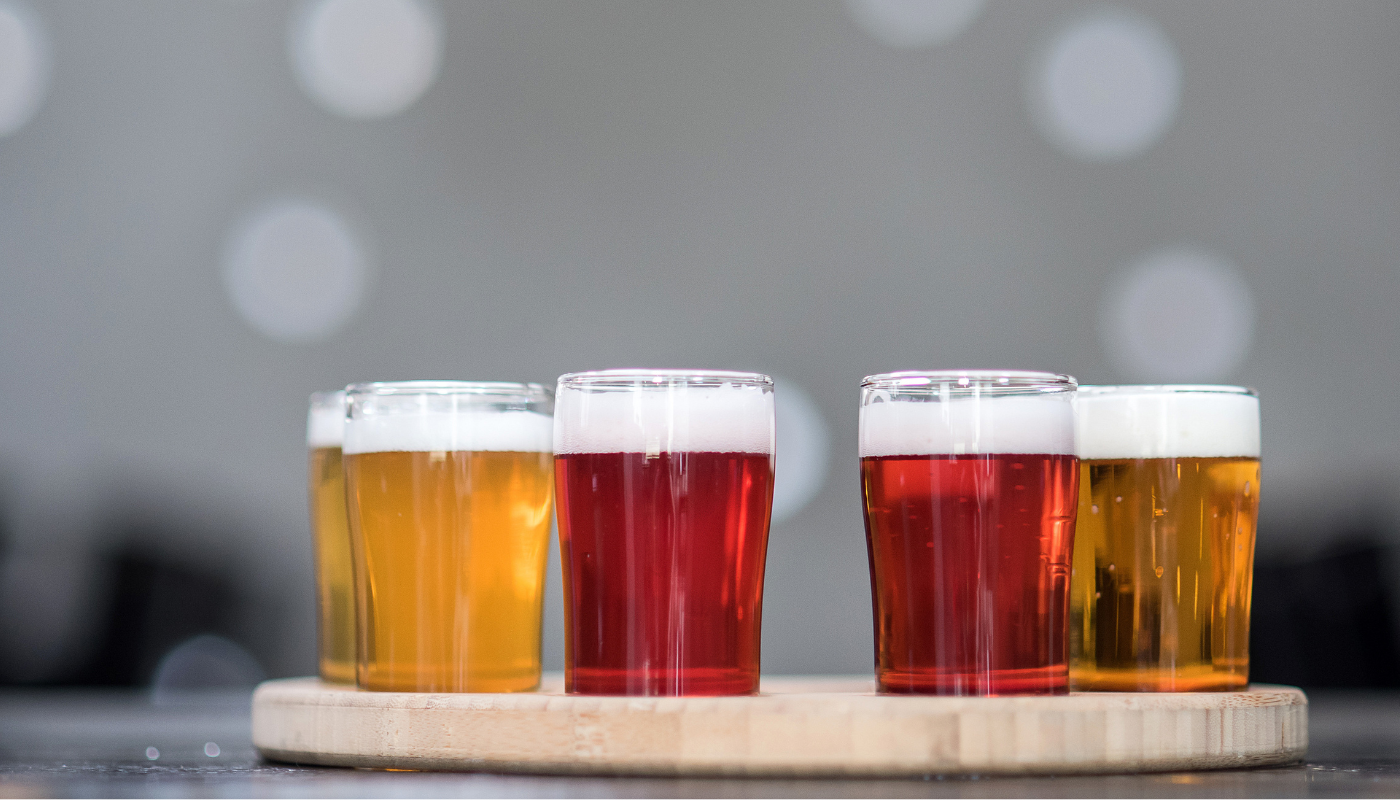Chris Hodge has seen a lot of change in the 30 years he has worked in and around the American craft beer industry. Whether in his roles working for distributors and importers or as the CEO of Worthy Brewing, Hodge has seen trends come and go. After seven years in his role as Director of Sales for Oregon Fruit Products (OFP), he has watched craft beer’s relationship with fruit evolve.

Beverage Ingredients featured expert topic supported by WEIMA America, Inc.
Welcome to the World of Shredding & Compressing! New drainage and compression technology for the beverage industry! As the world innovates, so do we.
A family owned company founded in 1935, OFP changed hands to a new family in 2011 and Hodge joined in 2016. At that time, the company’s portfolio included around 14 different fruits, primarily grown in the United States. As brewer interest in fruit grew, so did OFP’s catalog. It now includes tropical fruits, a myriad of stone fruits, and many sourced from around the world, including soursop, cara cara, and calamansi. Hodge catches us up on what to expect in the fruit market in 2024.
Fruit Beer Continues To Grow
“Prior to maybe 2012 or 2013, fruit beers probably weren’t a part of their master plan,” Hodge notes of most brewers. As the number of breweries continued to grow quickly, OFP saw many breweries look around and decide they needed to widen their market approach. That led many brewers to reconsider whether fruit beer should have a place in their portfolios. “Because of saturation, and just I think people needing something else to stay competitive with the wine and distilled spirits categories, and hard seltzers, that’s what drove most brewers to delve into the category.” Since that time, Hodge describes the growth in the popularity of fruit in beer as “exponential.”
“It’s just been a rocketship of a great ride to watch how fruit is not only for craft beer, but just beverage in general,” he notes, discussing how producers are also using fruit in ready-to-drink canned cocktails, THC and CBD drinks, and other beverages. “Anybody in the world who understands beverages in general sees that RTDs are the next great thing. We’re starting to see all types of beverages, not to mention the folks who are in the beer world who also dabble in the THC and CBD beverage category. So I think that what you’re going to continue to see is just people pushing the envelope in all categories of beverage. And with that comes a much higher demand for fruit in general.”
Good News About The King
In American brewing, one fruit still rules them all: raspberry. “People love caneberries,” Hodge says, referencing the classification name for berries grown on hard, woody stems, which also include blackberries and boysenberries. “The good news is it’s still number one and finally in 2024, you’ll see caneberry prices come down substantially.” Hodge notes that the heat dome crisis of 2021 was a disaster for farmers and caused prices for raspberries to skyrocket. Things have finally turned around. “Our biggest excitement this year is that all the farmers across North America had an epic caneberry harvest,” he says. “So all caneberry pricing that was probably 50 to 100-percent overpriced for the last two years has finally come down. So raspberry, blackberry, boysenberry, marionberry, all of our caneberries are down 30 or 40-percent in price from where they were last year. That’s big. This is really good news because brewers realize they don’t have to spend an arm or leg to have a really well made real fruit beer.”
Tropical Fruits, The Heir Apparent
The popularity of tropical fruits, in an era of hazy IPA dominance, is unlikely to surprise. These flavors have become some of OFP’s top selling year-round offerings. “You have this movement with tropical becoming incredibly important for folks who love the mangoes, the pineapples, the guavas, passion fruits, all the ones that you know scream exotic experiences,” Hodge says. “We’ve also seen cider customers who love citrus and tropicals as well. So citrus and tropical have now quickly moved into the top seven best selling fruits year round.”
Beyond their use in hazy or fruited IPAs or sours, Hodge also sees breweries using tropical fruits in other beer styles. “I think there’s a lot of folks who are saying to themselves, ‘I spend so much on these high end delicious hops, why do I want to mask or intrude upon the amazing hop profile and all these great beers?” So Hodgeccalls on his beer industry experience and reminds them about the ability to fruit other styles. “Everybody who makes a wheat beer would be crazy not to add fruit to it, you know? Bring me a fruited Belgian wit any day or even I mean, God forbid, a traditional German hefe-weizen and fruit that,” he says with a laugh. “With the onset of all the pilsners and lagers now being as they should be incredibly popular, why not play around? You can get a lot of fruit character out of adding fruit to the lower sort of flavor profile beers. I think that could be a trend.”
Collaborating with Brewers
One of Hodge’s favorite experiences is working with brewers on sourcing unusual fruits. Collaboration is a key component in OFP’s business with brewers. “We are beer folks,” he says. “We love beer, we live and breathe beer, and we’d like to work with folks who love fruit. And so we have opened up ourselves to collaborations.” Hodge says that the company and brewers usually begin with some general conversations about the brewery’s interests and aims and what flavors they’re looking to achieve. “It’s all about the brewer,” he says. “The artistry really is the main focus of all the collaborations we’ve done. They’ve started with brewers who really are just really deeply entrenched in pushing these flavor components to new levels.”

